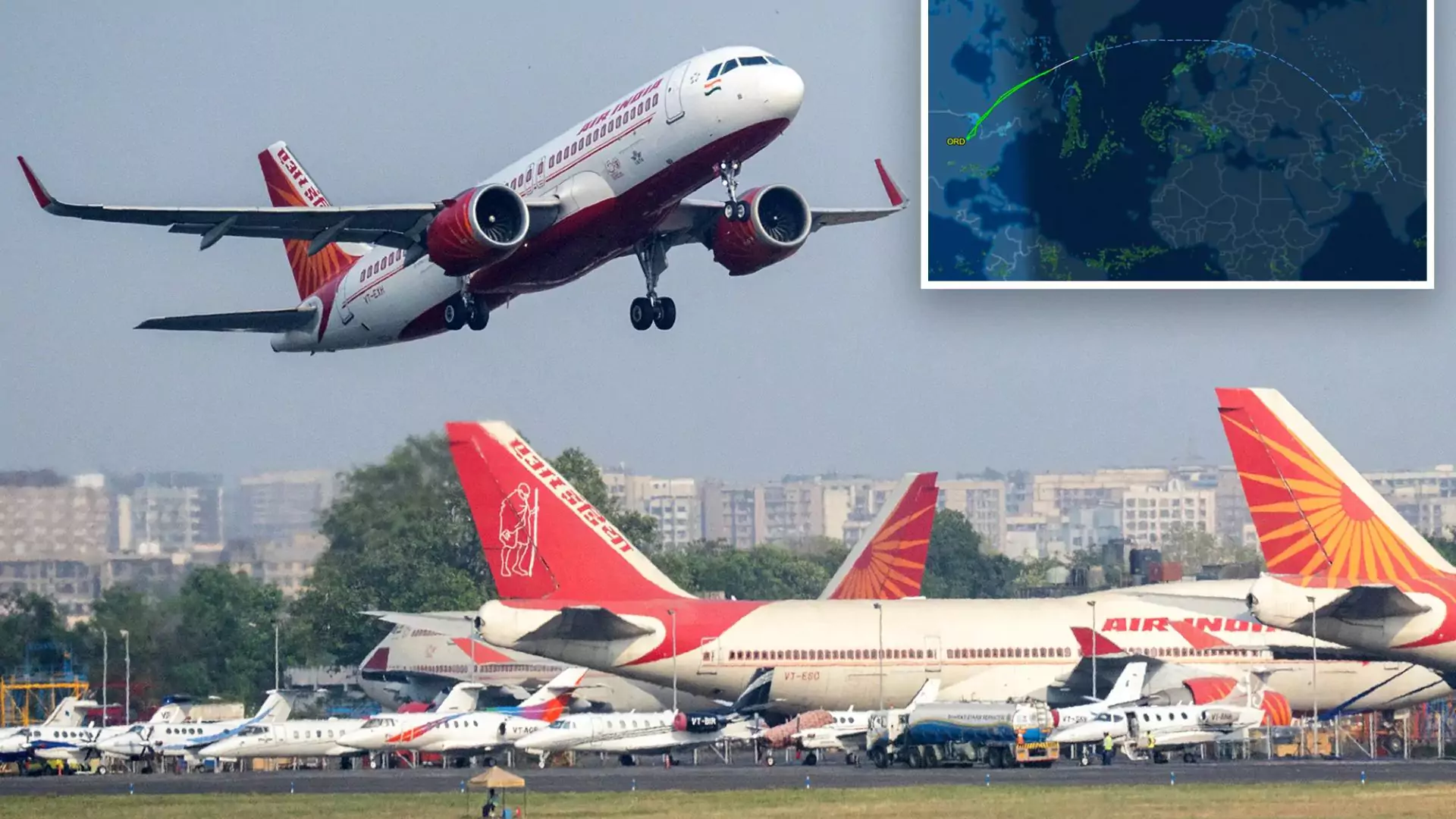As India’s Operation Sindoor unfolded with surgical precision across terror strongholds in Pakistan and PoK, another front faced turbulence — the skies over northern India.
What began as a powerful military response to the Pahalgam massacre quickly echoed in India’s aviation corridors. The airspace — normally a bustling artery of civilian and international travel — was gripped by sudden closures, cancellations, and confusion. Operation Sindoor didn’t just shake up terror camps across the border, it sent shockwaves through terminals, runways, and air traffic radars.
Over 200 Flights Grounded Amid Airspace Disruption
More than 200 commercial flights were cancelled, rerouted, or delayed in the wake of the Indian Air Force’s high-precision cross-border strikes. Airlines including IndiGo, Air India, SpiceJet, Air India Express, and Akasa Air suspended multiple services. Several foreign carriers — such as American Airlines — followed suit, cancelling international departures and revising schedules in real-time.
According to Delhi airport sources, at least 35 flights were cancelled in the national capital alone — including 23 domestic departures and 8 inbound arrivals — as airspace restrictions rippled across radar zones.
18 Airports Temporarily Closed: A Tactical Lockdown
At least 18 airports across northern and western India — including those in Jammu, Amritsar, Chandigarh, Leh, and Udaipur — faced temporary shutdowns. While not officially linked to a nationwide air alert, sources say the step was a precautionary measure amid heightened military activity near the Line of Control (LoC) and the western front.
The Indian aviation ministry has remained tight-lipped, but insiders confirm that air traffic control protocols were urgently updated to prevent any misidentification during ongoing military operations.
Why Air Travel Was Hit So Hard
Airspace closures are rare and typically reserved for high-alert situations. In this case, the fallout of a cross-border strike required immediate action to avoid any unintended escalations or accidents. With Operation Sindoor pushing the region into a state of strategic vigilance, India’s civil aviation moved swiftly to align with defense protocols.
Passengers Left Stranded and Airlines Scrambling
The abrupt halt in air connectivity left thousands of passengers stranded at airports across Delhi, Jaipur, Lucknow, and Srinagar. Airlines rushed to issue advisories, offering full refunds, rescheduling options, and customer support desks at affected terminals. Still, confusion lingered as travelers faced long wait times, lack of clarity, and changing flight statuses.
Airlines That Issued Travel Advisories:
- IndiGo: Temporary suspension on routes in and out of North India; refund/rebooking policies activated.
- Air India: International and domestic route adjustments; direct notifications sent to passengers.
- SpiceJet & Akasa Air: Announced delays and suspension on affected routes.
- American Airlines: Cancelled key departures from Delhi; monitoring situation closely.
What’s Next for Air Travel?
While the missile strikes achieved strategic objectives, India’s civil aviation sector is expected to remain on high alert. Airlines are revising routes to avoid conflict-sensitive zones, and aviation authorities are coordinating closely with defense agencies for situational updates.
For now, passengers are advised to check real-time flight status, follow airline advisories, and brace for possible delays in the coming days.

